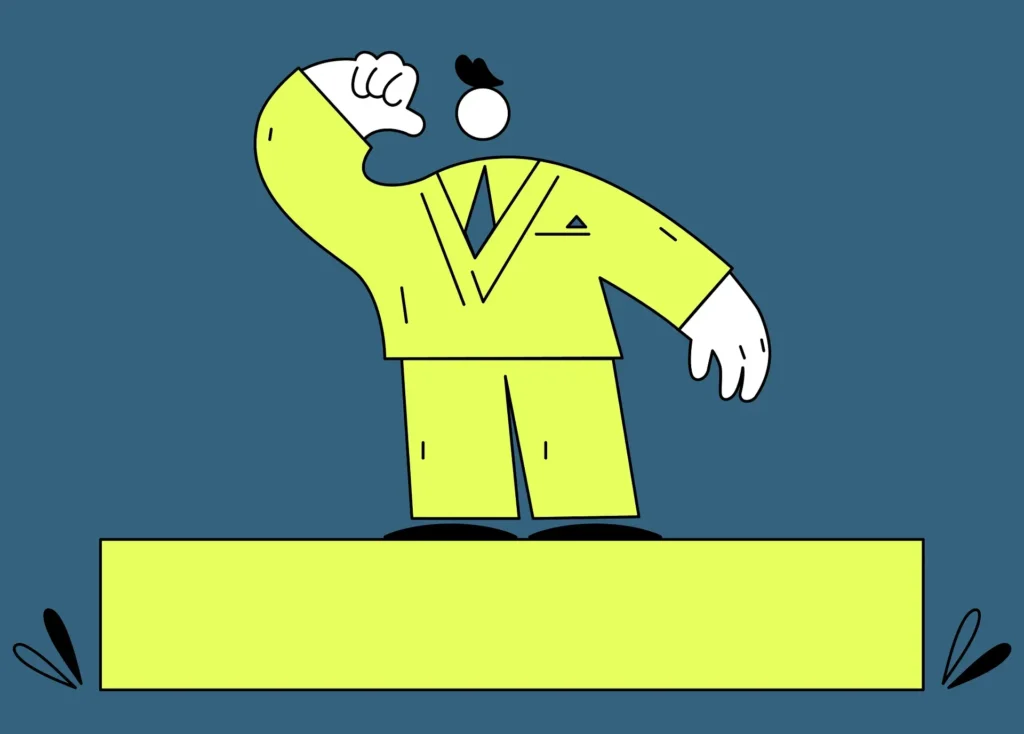Continuing the Challenge
This post is the second in our three-part series on challenger brands. You can read part one, “Challenger Brands: A Primer,” right here.
Previously, we spoke about adopting a challenger mindset. It’s one defined by ambition, agility, and a willingness to take risks. Most importantly, we noted how businesses are no longer competing against each other – they are competing against the category they are in and the expectations of what a customer experience feels like.
At a glance, these personality traits naturally lend themselves to the B2C world. Ask anyone to rattle off a few challenger brands and you’ll invariably get the same answers: Uber, Netflix, Spotify, Airbnb—and it makes sense. When you’re trying to rewire people’s preconceived notions, B2C is, by definition, the shortest path to the customer.
But it is by no means the only path. The worlds of B2B and B2B2C are being transformed by challenger brands. Just look at ZipRecruiter, Zoom, Slack, or even Salesforce. If you can’t see it on the surface, it’s most likely occurring behind the scenes in their business strategy.
B2B Challengers
Founder of 500 Startups, Dave McClure, notes that
“The next bubble is not in tech where innovation and capital are never in short supply. Rather, the real bubble is in far-too-generous P/E multiples and valuations of global public companies, whose business models are being obliterated by startups and improved by orders of magnitude. As more Fortune 500 CEOs recognize and admit their vulnerability to disruption, expect them to hedge their own public valuations by buying the very same unicorns that keep up awake at night.”
Many legacy B2B companies end up following a similar lifecycle. They start off small and hungry, build a legacy off of their early innovations, ride the wave for as long as possible, then go out and acquire innovation when they start to stagnate. The daily churn of operating a business makes it very difficult to ignite the same innovation that got you started. So, you import. To be clear, there’s absolutely nothing wrong with that. But it’s a strategy that ultimately puts your future in the hands of other creators.
Homegrown Innovation
Regardless of size, if B2B brands want to truly adopt a challenger mindset, they need to take active steps to continually foster their own innovation. Famously, Google has a 20% rule. Implemented by Google Founders Larry Page and Sergey Brin in 2004, it’s designed to give employees one full day per week to work on a Google-related passion project of their choosing or creation. It’s the same strategy that created Gmail, Google Maps, Google Talk, Google News, AdSense, and many others.
The point being, words like agile and innovative don’t have to be words that are only synonymous with startups. B2B companies can instill a challenger’s sense of agility through the behaviors and culture they nurture. If you’re wondering how a B2B brand knows if it should adopt a challenger mindset, there’s a wonderful diagram created by Michael Hay, a business leader with fifteen years at IKEA, that can help. Outlining four essentials for driving a successful change of strategy, it acts as a checklist for recognizing and delivering change.
Good Artists Copy; Great Artists Steal
At the end of the day, there are many lessons that B2B brands can steal from the challenger world. Are you leading with a strong story that unequivocally answers the question, “Why do you do what you do?” More than meet a singular need, are you meeting the needs of today and tomorrow better than anyone else? Are you talking with lead adopters at the front of the innovation curve and making them evangelists for your brand?
Perhaps the most important lesson that B2B brands can glean is in how they hire. As Adam Morgan writes,
“Employees at challenger brands require different qualities. They need to be mission-driven. They need to know why they get out of bed and go to work every morning and they need to be passionate about the problems the company is trying to solve. Being a maverick is also of far greater importance at a challenger, the opposite of at a larger organization where dissent is considered a flaw. Employees need to ask the provocative questions and not just take risks themselves, but also to be tolerant of risks that others might take.”
To learn more about how your B2B brand can benefit from adopting a challenger mindset, contact Tracy Lloyd at [email protected].
To finish reading our three-part challenger series, check out: Part Three—Challenger Brands: Design that Disrupts
Emotive Brand is a brand strategy and design agency in Oakland, California





